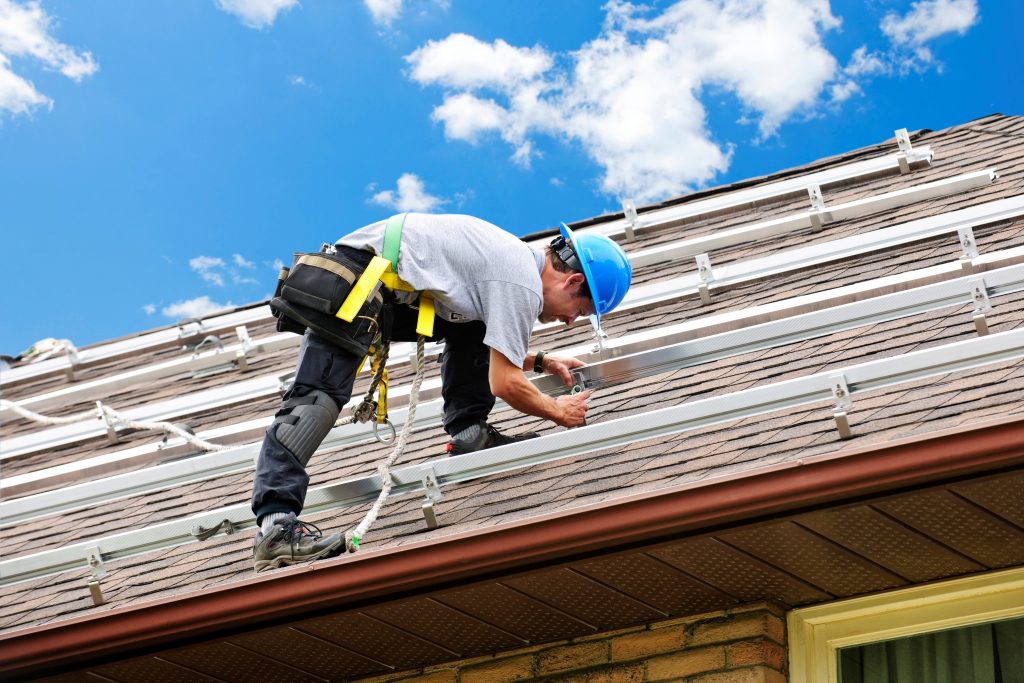Roof inspections are essential for figuring out potential issues and making certain the longevity of your roof. Regular inspections may help detect issues early, stopping costly repairs or replacements down the road. Here are some widespread methods and steps for conducting a roof inspection:

Visual Inspection:
a. Exterior Inspection:
Start by analyzing the roof from the ground using binoculars or by safely climbing onto a ladder to get a better look.
Look for visible signs of damage, such as missing or damaged shingles, curling or buckling shingles, or loose or deteriorated flashing round roof penetrations.
Check for debris, moss, algae, or lichen development on the roof, which might point out moisture-related issues.
Inspect the gutters and downspouts for granules from shingles, as excessive granule loss can signal shingle put on.
b. Interior Inspection:
Go into the attic or crawl space and examine the underside of the roof deck for signs of leaks, moisture, or water stains.
Look for daylight coming by way of cracks or holes in the roof deck, which may point out roof injury.
Check for signs of insulation damage, mold, or mildew progress, which can end result from roof leaks.
Roof Walk:
a. If it's protected to take action, stroll on the roof floor to examine it up shut.
b. Be cautious and wear acceptable safety gear, corresponding to non-slip sneakers and a security harness if needed.
c. Look for any soft or spongy areas, which could indicate underlying injury.
d. Check for loose or damaged roofing materials, as well as indicators of wear and tear and tear.
Moisture Detection:
a. Use a moisture meter to detect hidden moisture throughout the roof structure and insulation.
b. Moisture detection can help identify leaks or areas of potential water intrusion that is probably not visible.
Drone Inspection:
a. Drones equipped with cameras can provide a complete view of the roof floor without the necessity for direct physical access.
b. A drone inspection could be especially helpful for bigger or hard-to-reach roofs.
Professional Inspection:
a. Consider hiring a professional roofing contractor or inspector to conduct a radical inspection.
b. Professionals have the expertise, instruments, and expertise to identify issues that may not be apparent to a house owner.
Documentation:
a. Document your findings with pictures and notes to create a record of the roof's situation.
b. This documentation may be helpful for tracking modifications over time and for insurance coverage claims or repairs.
It's essential to perform roof inspections regularly, ideally a minimum of annually, and after severe climate events like storms. Additionally, when flat roof replacement 're not comfortable or assured in your ability to carry out a roof inspection safely, it is advisable to hire a certified roofing professional to ensure a thorough and accurate evaluation of your roof's condition..
